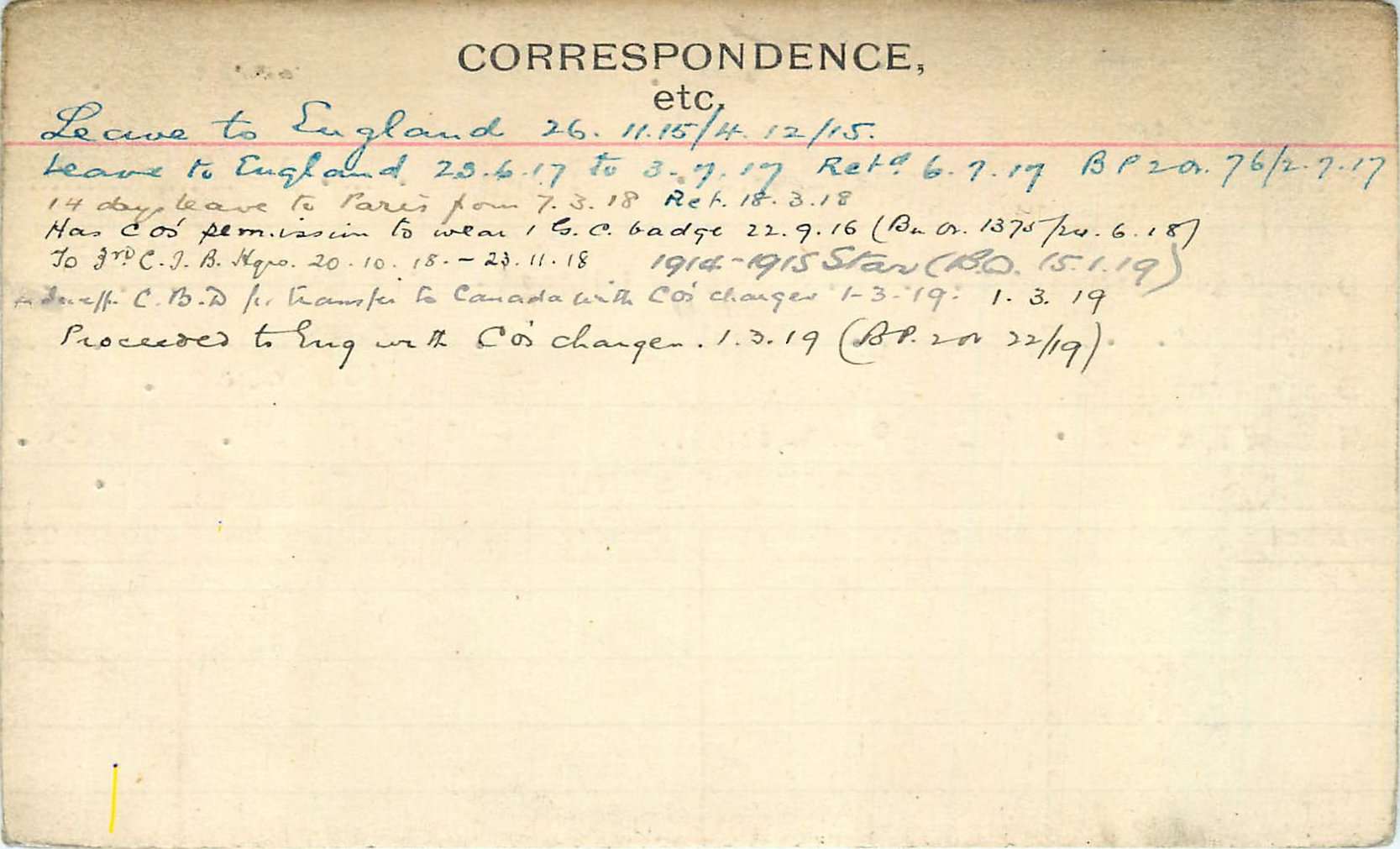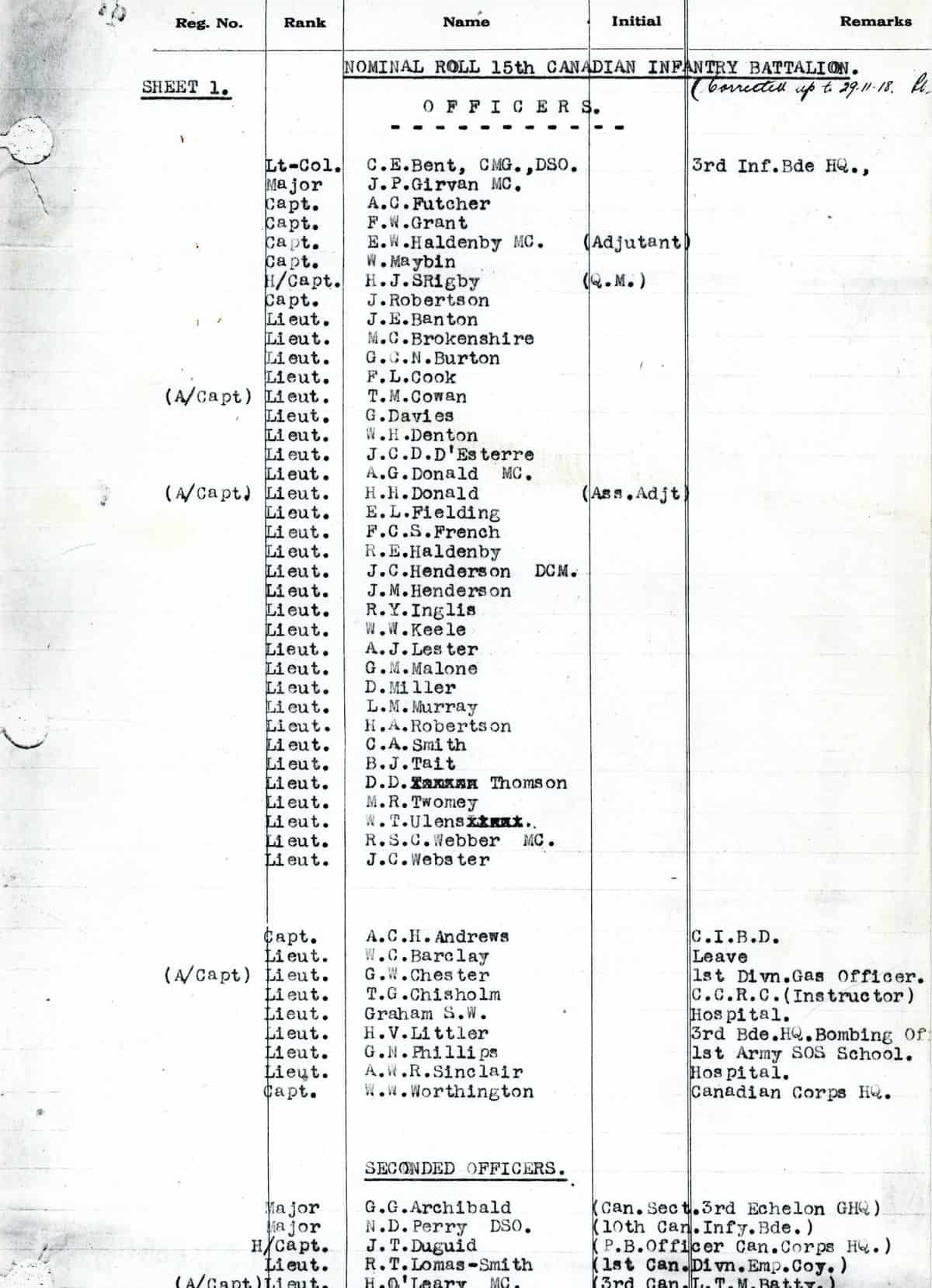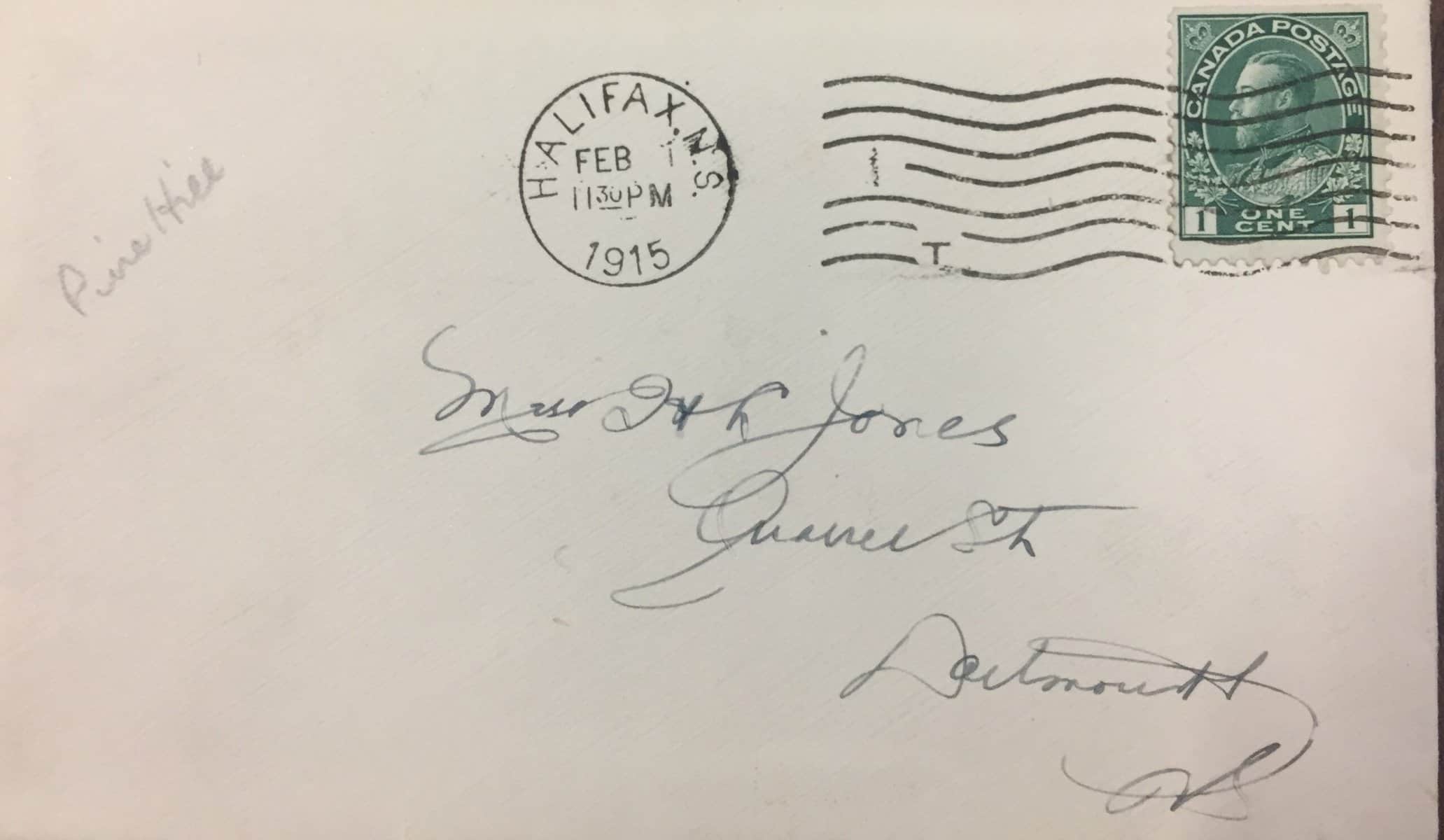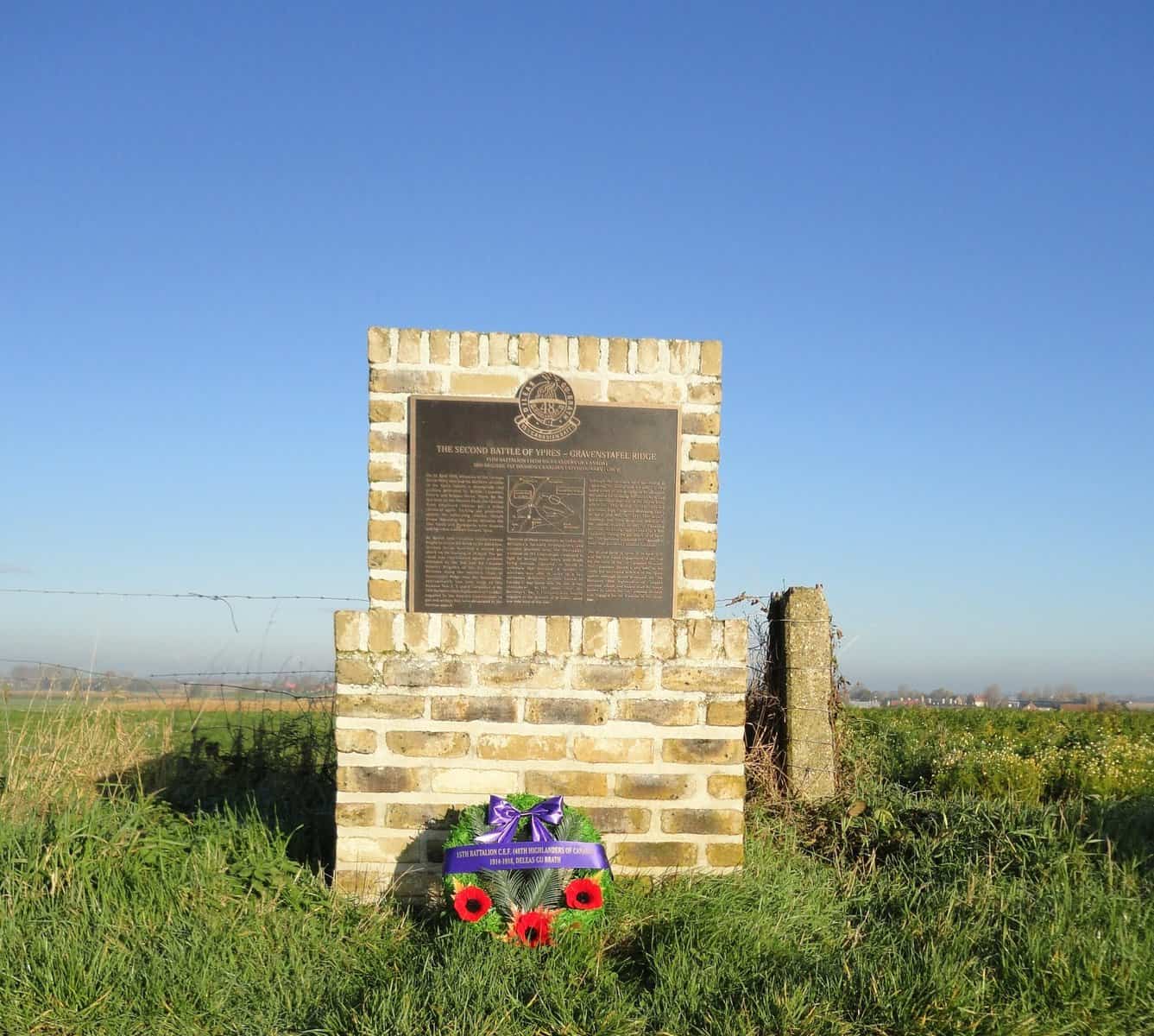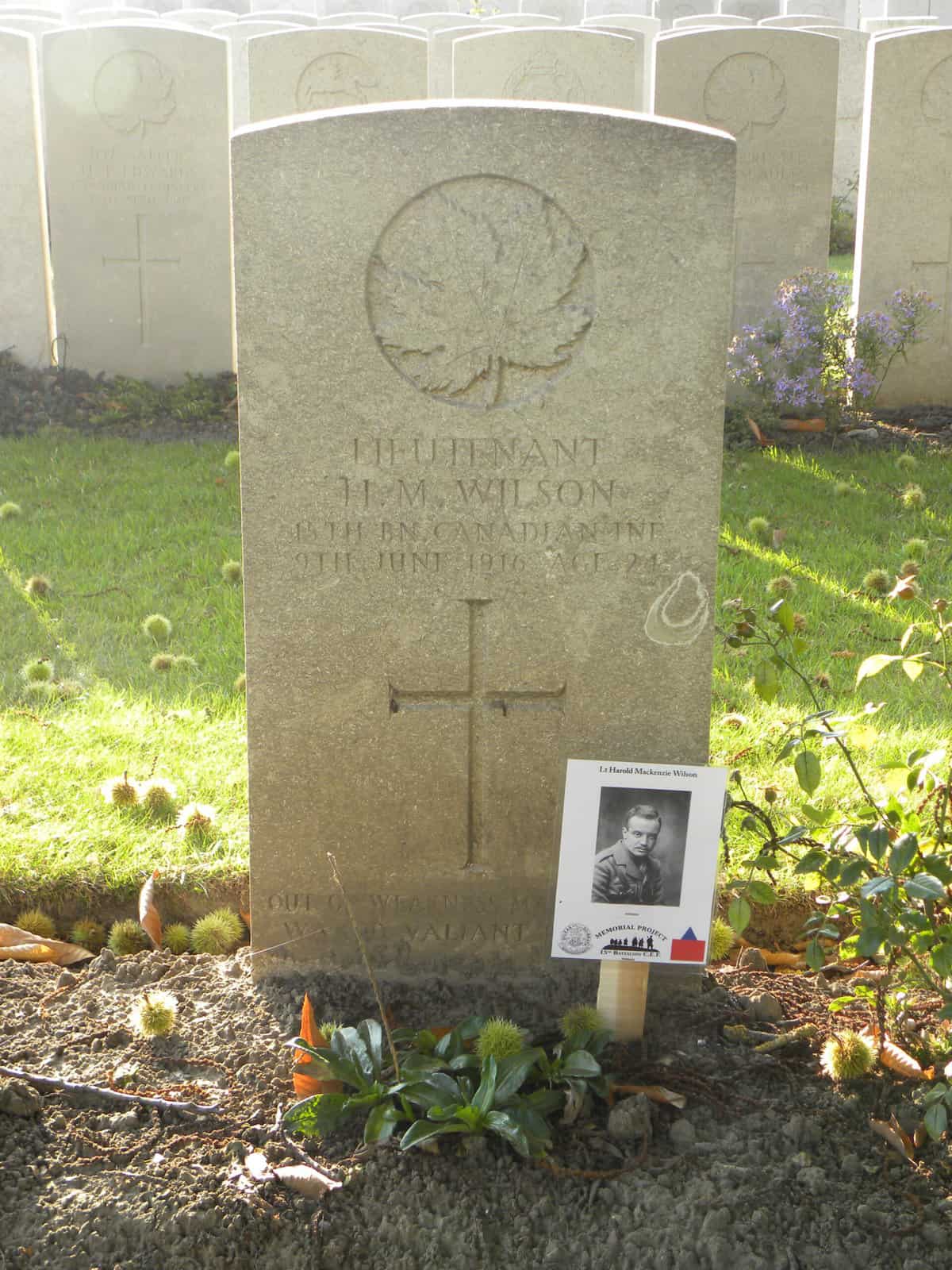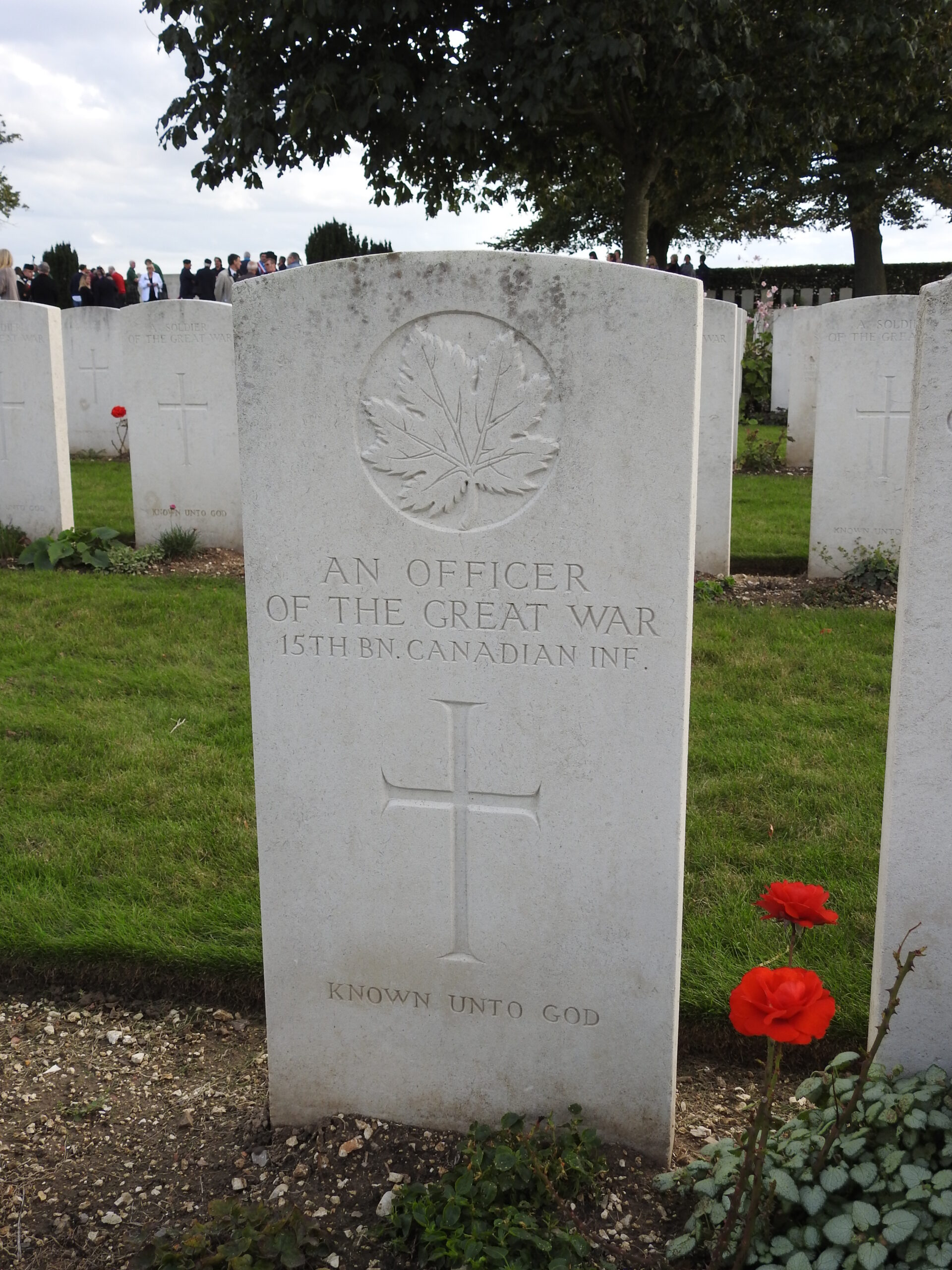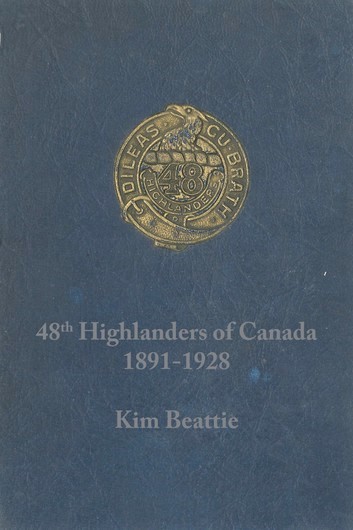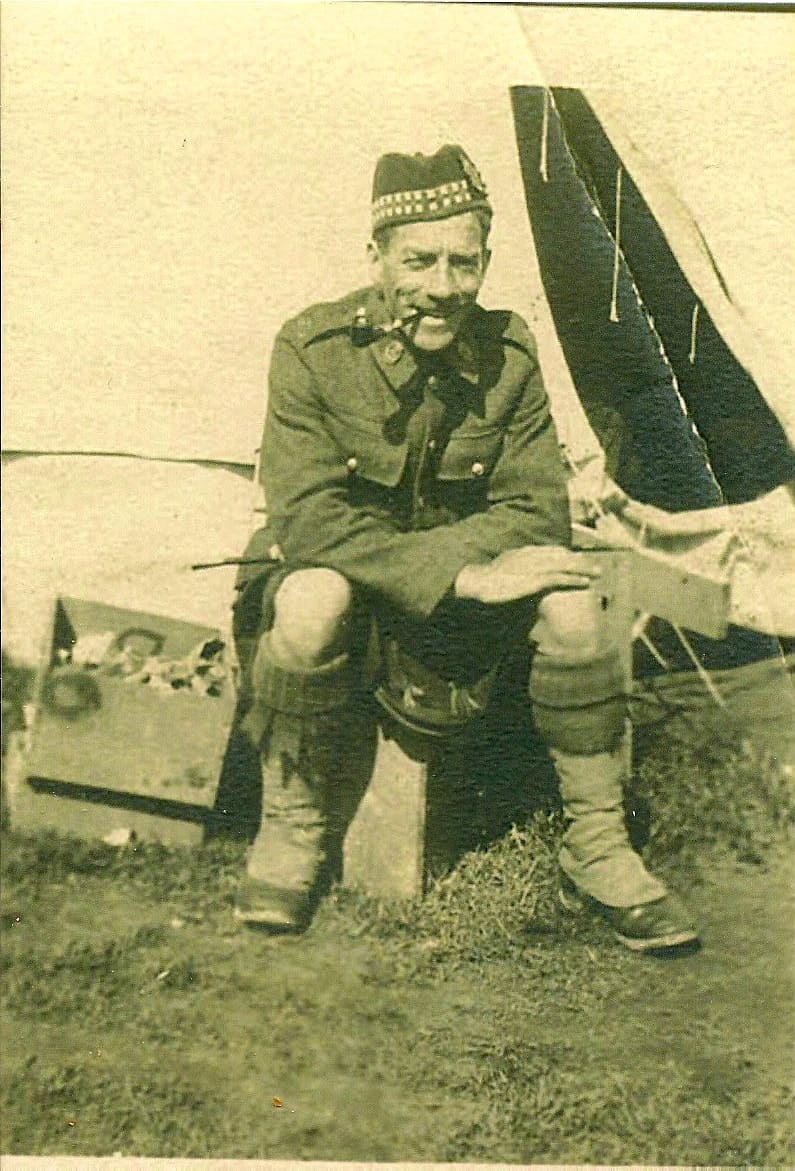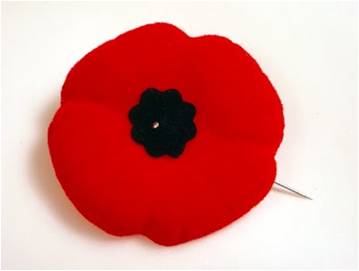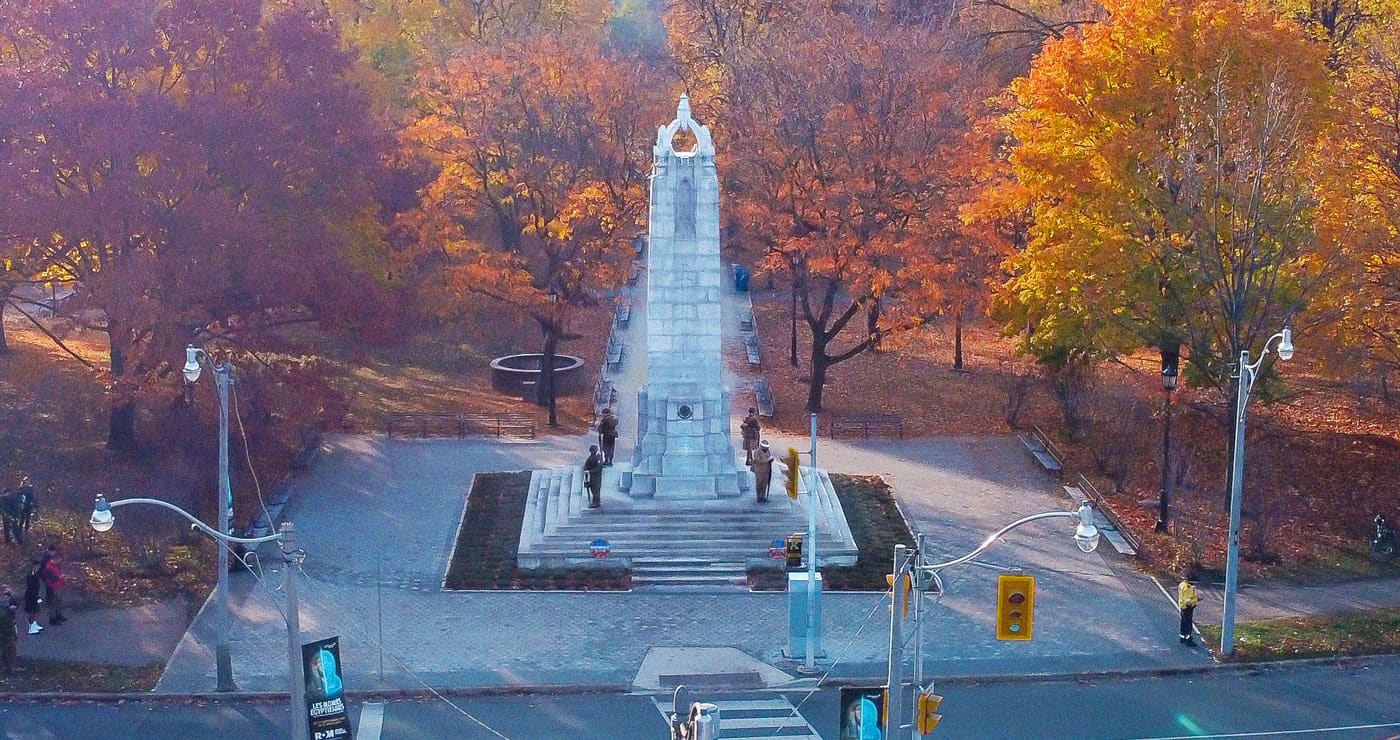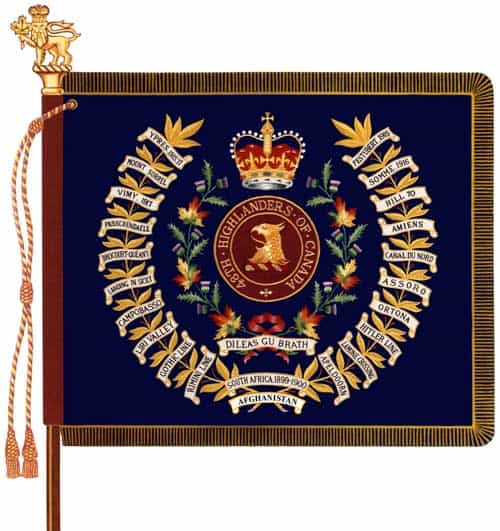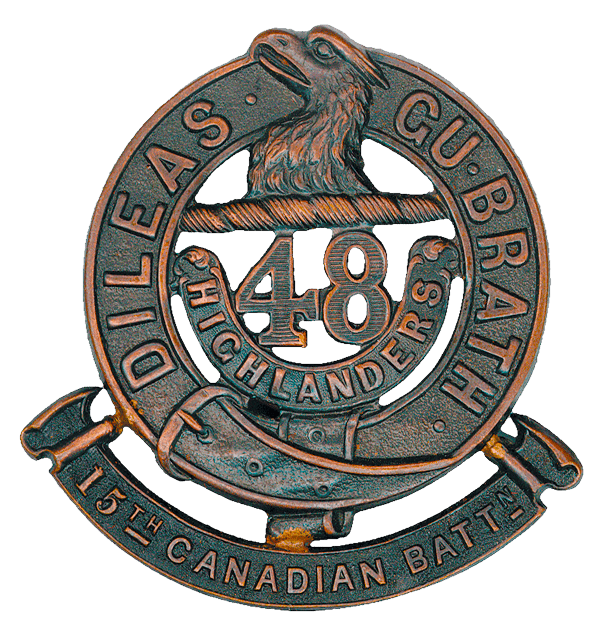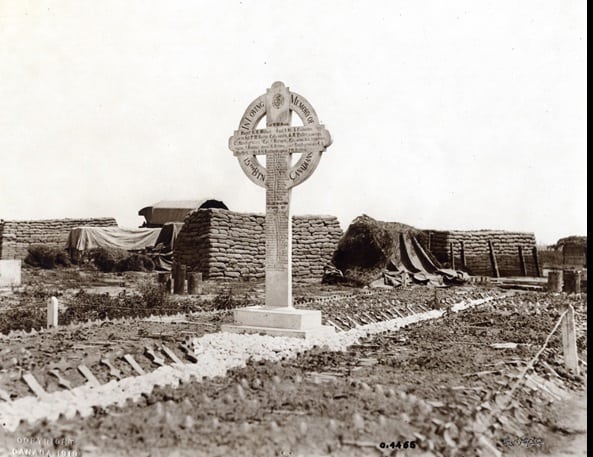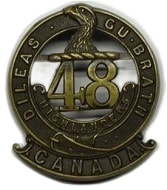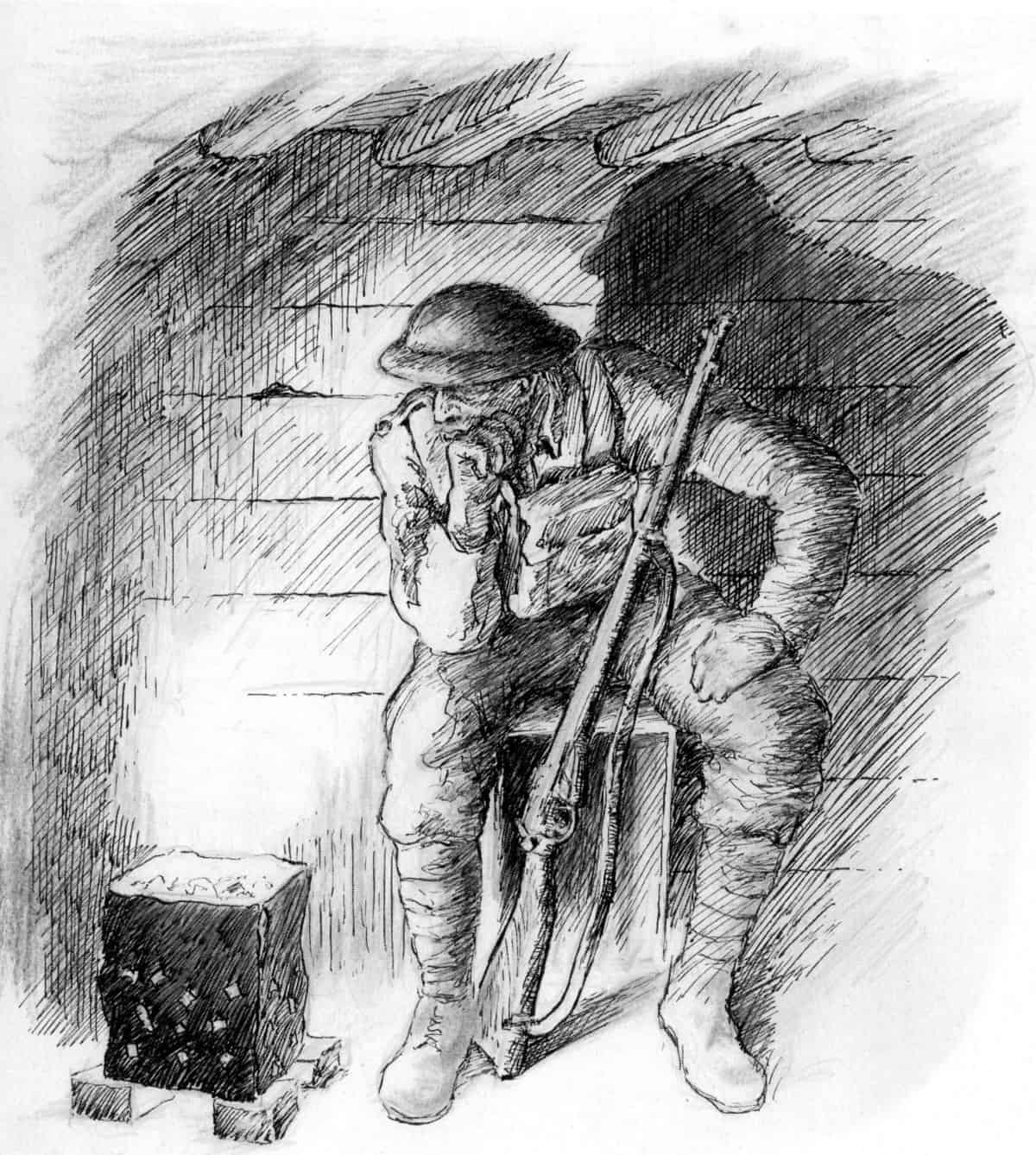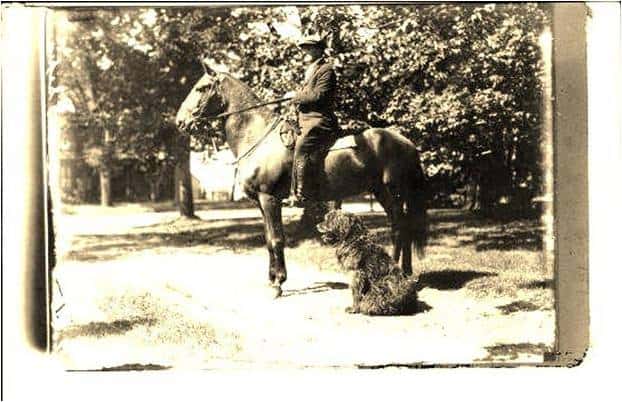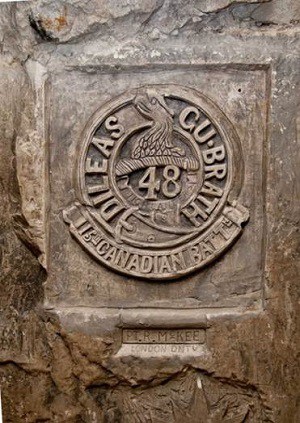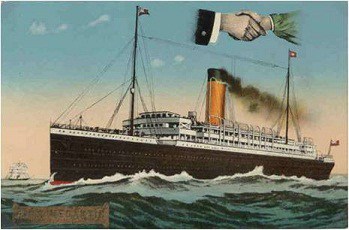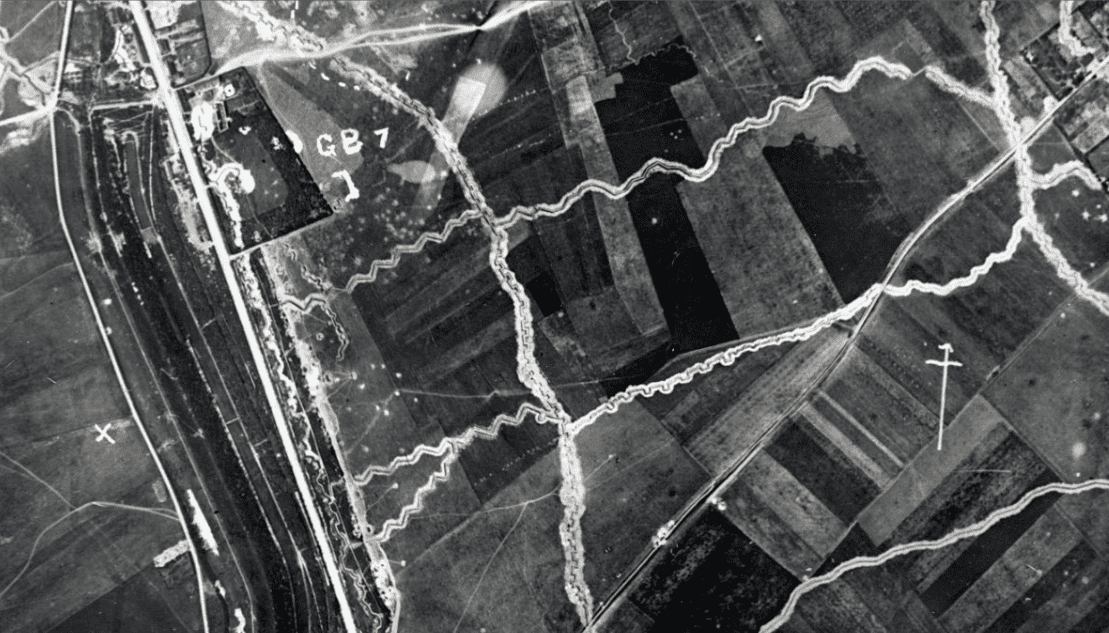Over the course of the four years of the Great War 266 men of the 15th Battalion – 10 Officers, 15 Senior NCOs and 241 Other Ranks – became prisoners of war with all but 18 of those POWs being captured during the battle of 2nd Ypres in April 1915. Three men, Private Herbert Batchelor MM, Private Horace McArthur MM and Private Alfred Cotton MM escaped confinement and twenty-nine died while POW.
Following capture, POWs were sent to Kreigsgefangenlagers (prisoner of war camps) with Officers sent to Offizierslagers (officer’s camps) while NCMs and ORs were sent to Mannschsftslagers (Enlisted Men’s camps) and the facilities and conditions of imprisonment were vastly different. The 15th Battalion’s Officers were mainly sent to Offizierslager Holzminden while the enlisted ranks were sent to a number of different camps with the majority being imprisoned at Mannschaftslager Gottingen – both camps were managed by X Army Corps (Hannover).
Accommodations, rations, amenities and general treatment at Officer’s camp were significantly better than those at camps for enlisted personnel and the latter were subject to forced labour in locations such as salt mines, steel works and farms. The treatment of POWs in German camps during WW1 has been the subject of a number of well researched books (i.e.: Silent Battle by Desmond Morton, In Enemy Hands by Daniel Dancocks), as well as many post war POW accounts and official commission reports into the maltreatment of POWs (ie: McDougall Royal Commission). It would generally be accurate to say that although conditions might vary significantly from camp to camp, NCMs and Other Ranks endured treatment that was generally harsh with starvation, cold cramped housing, beatings, forced labour and acts of brutality being commonplace. Men deemed to be ‘troublemakers’ for a host of reasons including attempting to escape or refusing manual labour in the case of NCMs, were routinely sent to even harsher facilities for punishment.
Throughout the war the International Red Cross, relatives and in the case of the 15th Battalion, the parent regiment back in Canada, provided parcels with supplemental amenities as well mail from home. Notwithstanding the conditions of imprisonment, the POWs tried to maintain as ‘normal’ an existence as possible through a variety of activities that were permitted by the Germans such as plays, concerts, sports, religious services, educational instruction, reading, etc.
Photographs were allowed and many images of the men, the camps and camp activities have survived to provide to provide visual evidence of life as a POW. In the case of the 15th Battalion, The Memorial Project has been fortunate to have access to photographs, letters and dairies of a number of its POW – especially the photographic collections of Sergeants Claude Ashling, Alvin Dunbar and Henry Ralph; Lieutenant Hugh Barwick; and Privates William Thorne and Robert Blackburn.
By 1917, the Allied blockade of Germany was putting pressure on Germany’s wartime economy and the management numerous camps for thousands of Allied POWs was becoming increasingly difficult. The Germans began repatriating Allied POWs to Neutral countries such as Holland and Switzerland where under agreement they would be interned for the duration of the war. Frequently many of these released POWs were men requiring medical treatment for wounds and/or illnesses.

Red Watch and Barwick Collection

Red Watch and Barwick Collection

Barwick Collection

Barwick Collection

Barwick Collection

Barwick Collection

Barwick Collection

Barwick Collection

Barwick Collection.

Barwick Collection.

Barwick Collection.

Barwick Collection.


